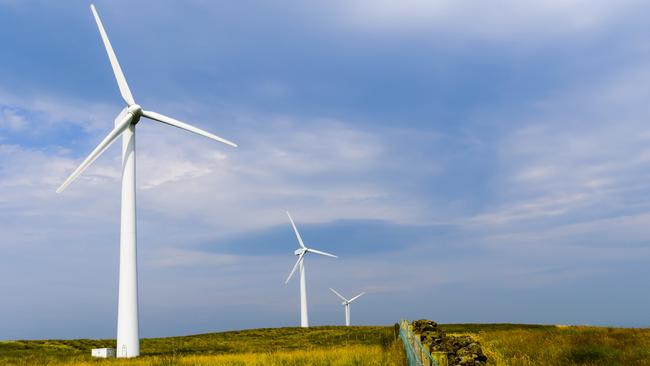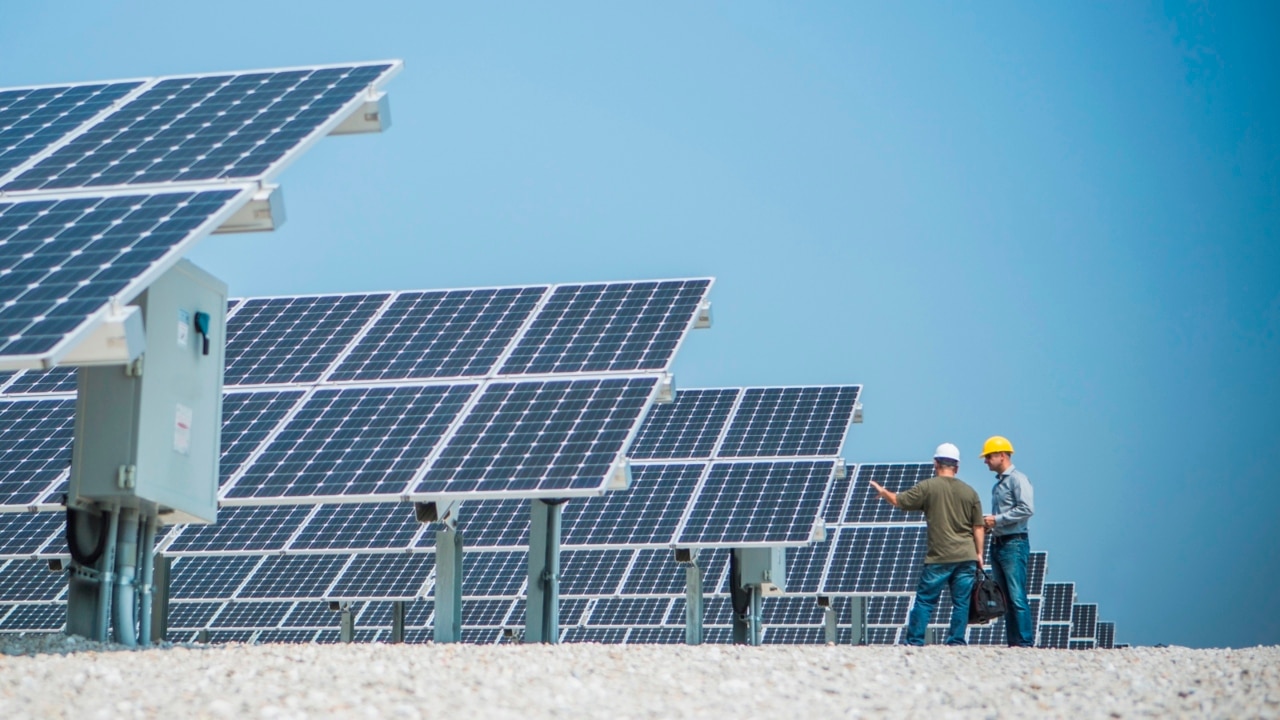
The Energy Security Board has pulled no punches detailing the highwire act being performed as Australia makes the rapid transition to renewable energy.
As a nation, we have been ahead of the global curve both in the speed of investment in wind and solar generation and in experiencing the pitfalls that can come with it.
Blackouts that were first experienced in South Australia have now been repeated in other parts of the world, notably Texas and California.
After a spate of blackouts over the northern summer, California is racing to install a suite of gas turbines to make sure the lights stay on in future.
The ESB suggestion for a capacity market to pay otherwise uneconomical fossil fuel generators to stay in the market to back up renewables is not new. One was established in Britain almost a decade ago.
But the recommendation for one to be introduced here has inflamed passions among renewable energy supporters, who say it will stymie future green energy investment.
The blueprint put forward by the ESB must be seen in the context of a journey into uncharted waters. The board says coal-fired power stations exiting the national market before sufficient despatchable replacement capacity comes on line risks undermining the progress that has been made. It says, if not well managed, the changes could lead to an unreliable grid and higher energy prices.

There are many potential technologies that may ultimately be able to supply the services required to underpin a more decentralised and renewables-dependent grid.
The proposals being put forward are not necessarily geared to supporting any one option. But the bottom line for government is that simply expecting an answer will turn up is of little comfort when prices spike and lights go out.
Generation is not the only problem raised by the lower-emissions transition. The ESB makes it clear that massive investments are still needed in grid infrastructure to accommodate an electricity system more dependent on intermittent sources of power.
It favours the creation of renewable energy zones to give the benefit of economies of scale to the infrastructure investment.
Individual states will also be given greater powers to make decisions to safeguard their own interests within the national market.
The ESB is probably correct that community concerns about the impact of fossil fuel generation on carbon emissions, together with the declining financial viability of thermal coal generation, leaves little interest or commercial appetite for future investment in thermal coal generation.
Supporters of the nuclear option have little to cheer about in this transition road map.
The big focus on renewables backed up by batteries from electric cars and sophisticated management systems and minimal gas leaves little room for a return on investment for a technology that can deliver emissions-free power on a continuous basis.







